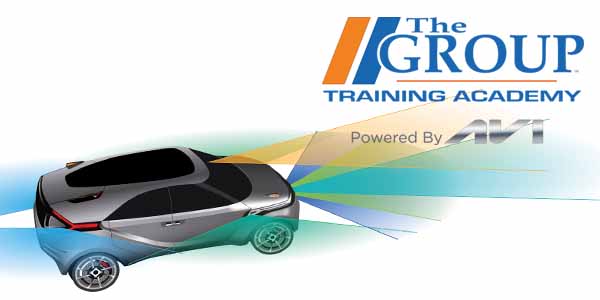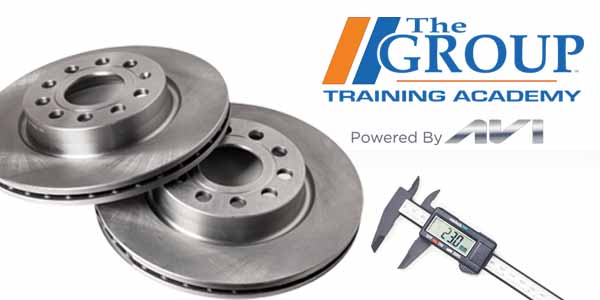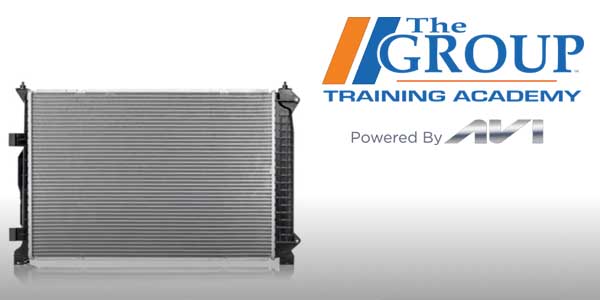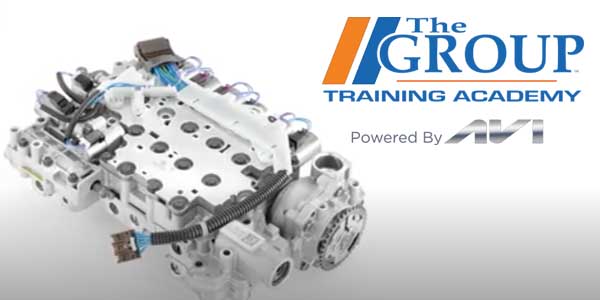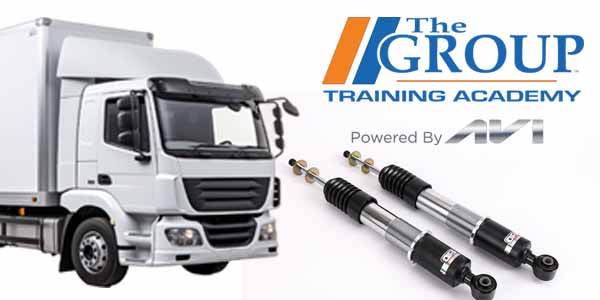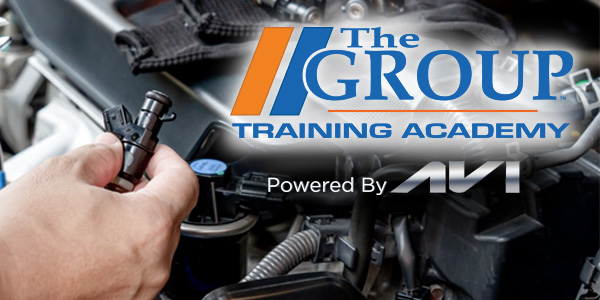When we talk about fleet vehicles, the first things that probably come to mind are tractor-trailers, delivery trucks and rental cars.
But the reality is that there are a wide variety and different types of high-usage and work vehicles on the road today. It could be a pickup truck used by a contractor or municipal service department, a hybrid sedan used by a large government agency or corporation, or that crossover used by an Uber or Lyft driver to give you a ride to the airport.
Regardless of the application, work vehicles are subjected to much more wear and tear and require more frequent inspection and aggressive maintenance schedules compared to the typical personal vehicle. For example, most drivers typically will change their brake pads and rotors every two to four years. However, full-time ride-share drivers say they might need to replace their brakes every six months.
The same goes for suspension, steering and wheel-end components such as control arms, ball joints, stabilizer links, tie-rod ends and wheel bearings. With work vehicles putting in long hours day in and day out – sometimes in extreme conditions – these components are going to degrade exponentially faster than they would on your typical passenger vehicle.
This video is sponsored by The Pronto Network.

